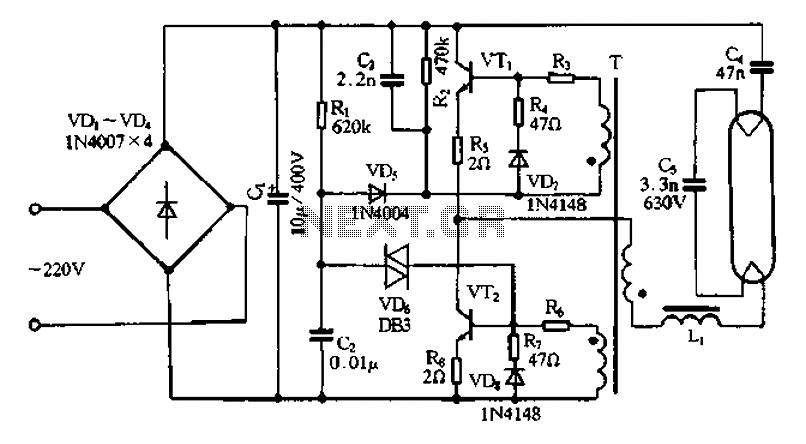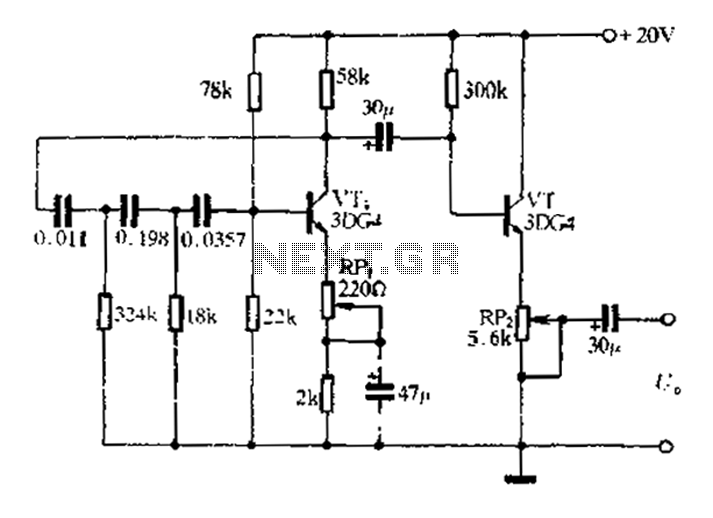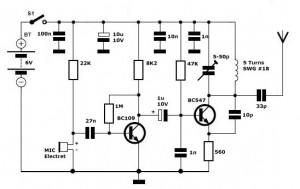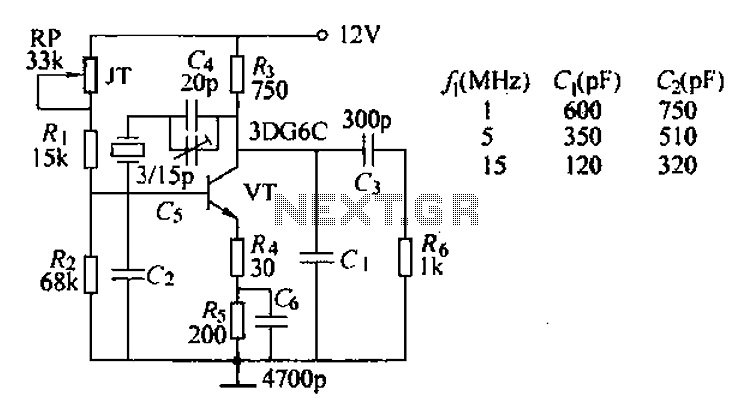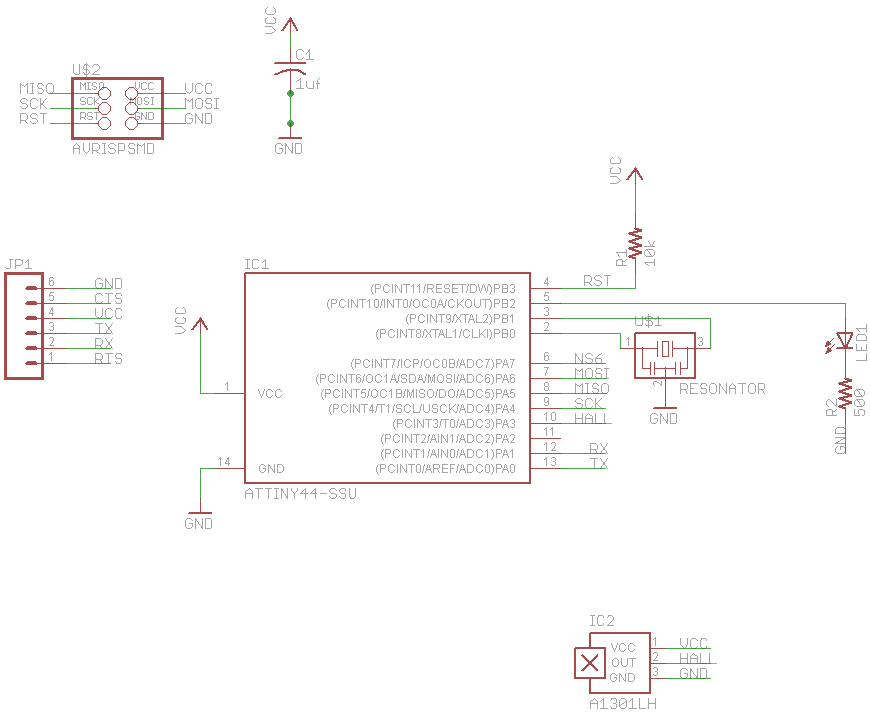
DTL integrated circuit by a crystal oscillator a
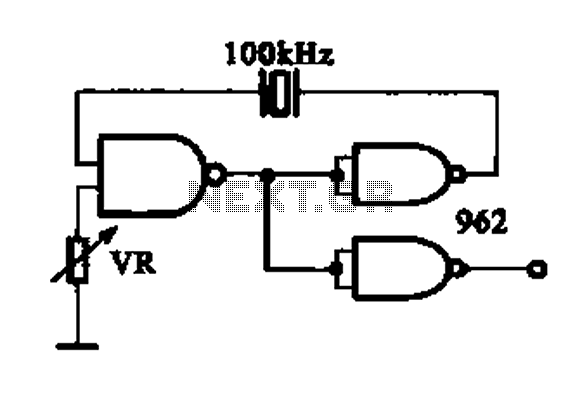
A DTL integrated circuit comprises a crystal oscillator, which is represented by the integrated circuits. The oscillation frequency ranges from 100 kHz to 1 MHz. Additionally, it includes a gate circuit that supplies a signal for the DTL oscillator circuitry.
The DTL (Diode-Transistor Logic) integrated circuit is a fundamental component in digital electronics, characterized by its use of diodes and bipolar junction transistors to perform logical operations. The crystal oscillator serves as a critical element in this circuit, providing a stable frequency reference necessary for timing applications. The specified oscillation frequencies of 100 kHz and 1 MHz are typical for various digital applications, including clock generation and signal modulation.
The gate circuit, integral to the functioning of the DTL integrated circuit, is designed to control the flow of signals to the oscillator. It ensures that the oscillator operates correctly by providing the necessary input signals and maintaining the desired output characteristics. The interaction between the oscillator and the gate circuit is crucial for achieving stable and reliable oscillation, which is essential for the overall performance of the integrated circuit.
In practical applications, the DTL integrated circuit can be utilized in a range of devices, such as timers, frequency generators, and communication systems, where precise timing and frequency control are paramount. The design and layout of the circuit must consider factors such as power supply decoupling, signal integrity, and thermal management to ensure optimal operation within the specified frequency range.DTL integrated circuit constituted by a crystal oscillator a DTL is shown by the crystal oscillator integrated circuits, and the oscillation frequency is 100 kHz and 1 MHz. It is constituted by a gate circuit to provide a signal for the oscillator circuitry DTL.
The DTL (Diode-Transistor Logic) integrated circuit is a fundamental component in digital electronics, characterized by its use of diodes and bipolar junction transistors to perform logical operations. The crystal oscillator serves as a critical element in this circuit, providing a stable frequency reference necessary for timing applications. The specified oscillation frequencies of 100 kHz and 1 MHz are typical for various digital applications, including clock generation and signal modulation.
The gate circuit, integral to the functioning of the DTL integrated circuit, is designed to control the flow of signals to the oscillator. It ensures that the oscillator operates correctly by providing the necessary input signals and maintaining the desired output characteristics. The interaction between the oscillator and the gate circuit is crucial for achieving stable and reliable oscillation, which is essential for the overall performance of the integrated circuit.
In practical applications, the DTL integrated circuit can be utilized in a range of devices, such as timers, frequency generators, and communication systems, where precise timing and frequency control are paramount. The design and layout of the circuit must consider factors such as power supply decoupling, signal integrity, and thermal management to ensure optimal operation within the specified frequency range.DTL integrated circuit constituted by a crystal oscillator a DTL is shown by the crystal oscillator integrated circuits, and the oscillation frequency is 100 kHz and 1 MHz. It is constituted by a gate circuit to provide a signal for the oscillator circuitry DTL.
